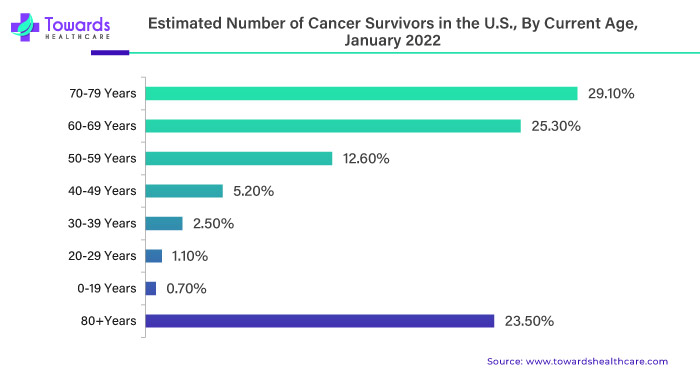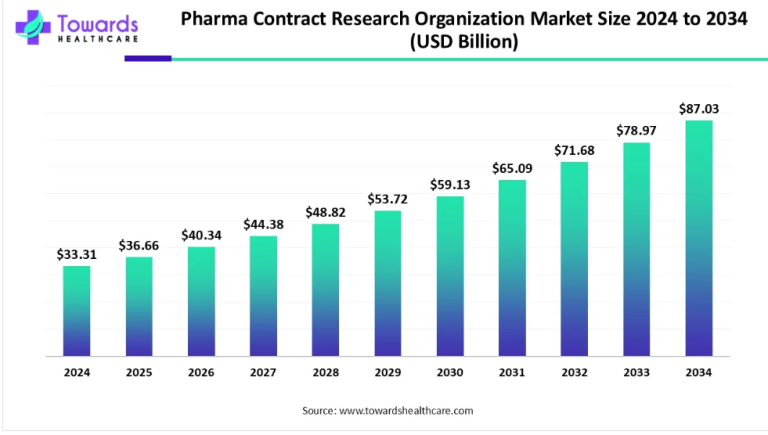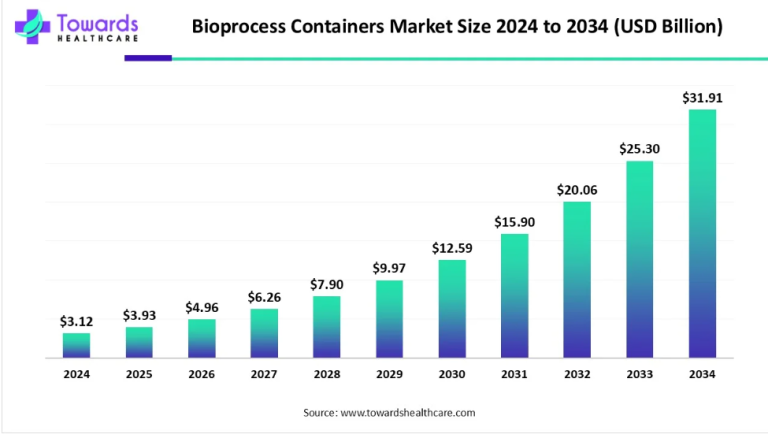
Challenges and Opportunities Amidst the Pandemic
The onset of the COVID-19 pandemic presented a dual narrative for the U.S. home infusion therapy market—challenges and opportunities intertwining to reshape the landscape of healthcare delivery. As we reflect on the impact, it becomes evident that the industry faced disruptions but also found avenues for growth and adaptation.
Challenges: Initial Disruptions and Patient Hesitancy
The initial disruptions caused by the global healthcare crisis rippled into the U.S. home infusion therapy market. The strain on healthcare resources and safety concerns led to a temporary slowdown as patients hesitated to engage in home-based treatments. The delicate balance of providing care while ensuring safety became a paramount challenge.
Opportunities: Emphasis on Home-Based Care
In adversity, opportunities emerged. The pandemic underscored the importance of home-based care, prompting a shift in perspective. Patients and healthcare providers, cognizant of the need to minimize exposure, turned to home infusion therapy. The flexibility and reduced infection risks associated with at-home treatments gained prominence, fostering a renewed appreciation for this personalized and patient-friendly approach to healthcare.
Role of Telehealth Services
Telehealth services played a pivotal role in mitigating challenges during the pandemic. Monitoring and managing treatments remotely became a necessity, ensuring continuity of care while adhering to safety protocols. The integration of telehealth services into home infusion therapy marked a significant leap in healthcare adaptability, providing a lifeline for patients and healthcare professionals alike.
For any queries feel free to reach out us @ https://www.towardshealthcare.com/personalized-scope/5102
Post-Pandemic Projections: A Vital Role for Home Infusion Therapy
As the world adapts to a post-pandemic reality, the U.S. home infusion therapy market is poised to play a pivotal role in the landscape of accessible and patient-centered healthcare. The lessons learned during the pandemic, coupled with a heightened awareness of the advantages of at-home treatments, are expected to drive the market’s growth.
Global Perspectives on Home Administration of Cancer Treatments
Internationally, the concept of administering cancer treatments at home has proven both safe and effective. Globally, 5% to 10% of patients opt for home administration, with even intensive chemotherapy successfully conducted in a home setting. The benefits extend beyond medical efficacy, encompassing enhanced patient and caregiver experiences, coupled with cost-effectiveness.
Discrepancies in the United States
In the United States, the practice of delivering cancer drugs at home remains less common. This reluctance is attributed to ingrained preferences for outpatient or inpatient treatments among both healthcare professionals and patients. Additionally, established health insurance and drug reimbursement policies contribute to the prevailing trend of centralized treatments.
Case in Point: Peon Medicine
Examining a specific case, Peon Medicine, a prominent health system in the Philadelphia region, annually accommodates over 17,000 new cancer patients. Despite the proven safety and effectiveness of Penn Home Infusion Therapy, only a fraction, precisely 670 patients, embraced this at-home treatment option as of February 2020. Notably, the home infusion setting not only offers comparable care but also provides a convenient strategy to manage exposure to COVID-19.
teral Antibiotic Therapy (OPAT):
Elastomeric Pumps contribute significantly to the growth of Outpatient Parenteral Antibiotic Therapy (OPAT) services. By offering cost-effective and user-friendly solutions, they enhance patient mobility and streamline the overall care process, making OPAT a more accessible and efficient option.
Global Impact and Market Expansion
As these innovative applications of Elastomeric Pump Devices continue to unfold, they contribute substantially to the global expansion of the market. The transformative nature of these devices transcends geographical boundaries, making them a cornerstone of the evolving landscape of medical treatments.
Comfort, Convenience, and Patient-Centric Care
The fundamental goal of Elastomeric Pump Devices is to enhance comfort and convenience for patients undergoing infusion therapies. By seamlessly adapting to the body’s movements, these devices usher in an era of patient-centric care, where medical treatments become not just a necessity but an integrated and comfortable part of everyday life.
Encouraging Adoption and Adherence
The user-friendly experience offered by Elastomeric Pump Devices is a catalyst for encouraging more people to embrace crucial medical treatments. As these devices become synonymous with comfort and efficiency, the barriers to adoption diminish, leading to a more inclusive and accessible healthcare landscape.
Access our Premium Real Time Data Intelligence Tool, Visit: www.precedencestatistics.com
Get ahead with our reach study – buy now for strategic knowledge @ https://www.towardshealthcare.com/price/5102
Read More Snapshots of this report:



